Spoken Word Poetry #4 by Greg Frankson
Let’s take a look together at the things that we do
And all the great measures that we need to pursue
So get up! Stand up! It’s time for review
Be it resolved that we solve the Rubic’s cube that blocks
The resolutions we desire so we can walk the talk
Bringing people all together to try to crack stovepipes
Let off the blackening smoke – the time for unity’s ripe
From the general to the need to be specific and clear
Gives us material to conjure policy that needs to appear
We need to communicate together better, open the lanes
That will aid us to accomplish new significant gains
The principles that we broadcast can depend on the Act
That can deliver common purpose consummating the pact
Working in collaboration to speak a message of hope
So artists and cultural workers can flourish, nourish and cope
The CCA can only be the sum of all of its parts
And you can only be ambassadors on aims of the heart
So if you can’t come here today with passion guiding your hands
Across the land they’ll never hear you ‘cause they won’t understand
Get up! Stand up! It’s time for review
Let’s take a look together at the things that we do
And all the great measures that we need to pursue
So get up! Stand up! It’s time for review
Artists create and cultivate a zone conducive to growth
And don’t just entertain, they elevate – they have to do both
But if they live in a community without strong support
Then start to add up all the failures, that’s all they’ll report
Within our plans we have to inculcate the need for access
And deal head-on with diversity – it must be addressed
Remember also that our schools should do their best to include
Artistic disciplines that teach the attitude our kids should exude
When our youth begin the process with proper propriety
Inspiring me and you to introduce a creative society
Into the consciousness of those who hold the reins and guide
The ways we build our communities from out and inside
So finding catchphrases and five words mottos are fine
And finding new tax solutions should never cease to remind
All the people in our sector that the goals that we seek
Should be completely integrated in the words that we speak
Get up! Stand up! It’s time for review
Let’s take a look together at the things that we do
And all the great measures that we need to pursue
So get up! Stand up! It’s time for review
Over the course of the conference the zones of concern
That we focused on provided structure for lessons we learned
With the artists and communities, and money and laws
We hashed out thoughts and speculations so we find common cause
Near the end we started talking about the actions we need
Within the shorter and the longer term of varying speed
But without a doubt we need to spout a policy frame
That will provide the vision needed when we’re seeking to name
A package worthy of agreement from all the sectors involved
Identifying where’s there’s agreement, and things we need to resolve
So we must strike the right notes and write the song that we sing
And if it’s loud enough we’ll see what’s new the singalong brings
The time is limited to do the things you had on your plate
And for all the progress made so far I have to congratulate
All the people in the room – it’s great what you’ve produced
And now I leave you feeling happier, ambitious and juiced
Get up! Stand up! It’s time for review
Let’s take a look together at the things that we do
And all the great measures that we need to pursue
So get up! Stand up! It’s time for review
Get up! Stand up! Review’s at an end
Around the room your allies have come to depend
That this process is beginning – keep it going as I send
This message of review – so unlike you, now I end.

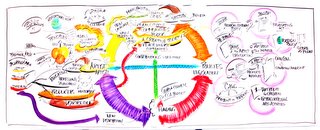

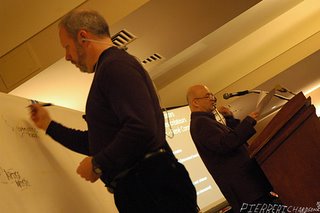
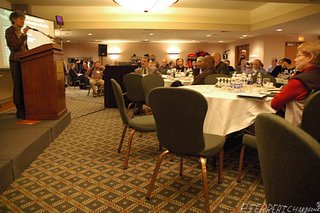
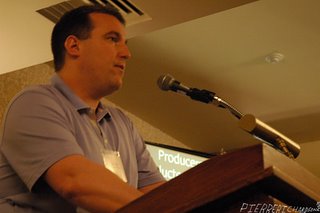
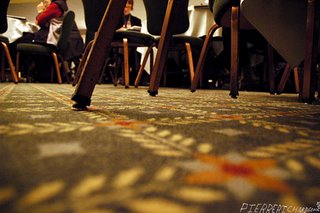
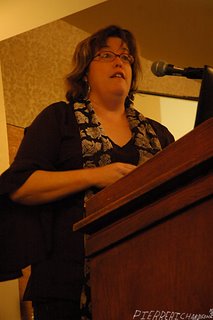
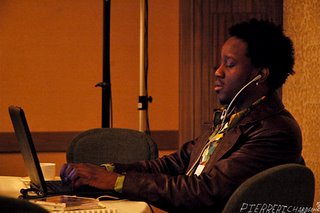

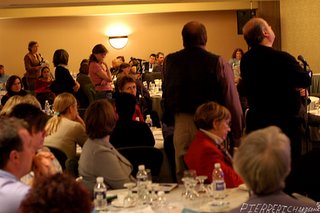
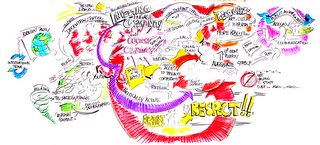

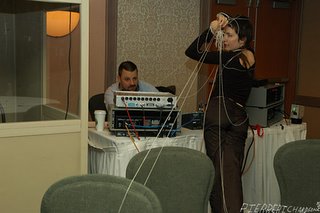
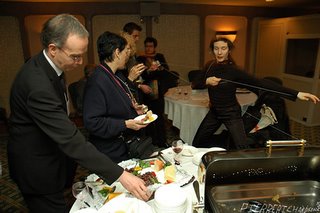
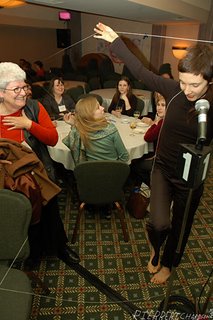
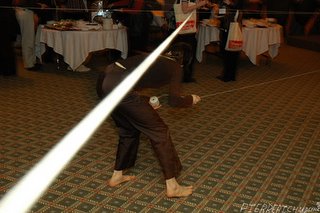
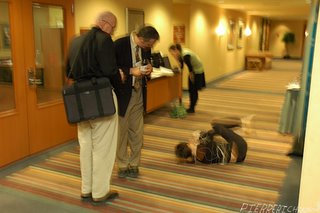
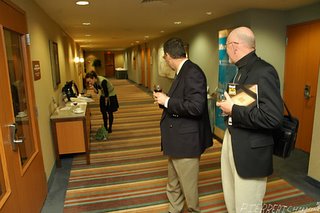
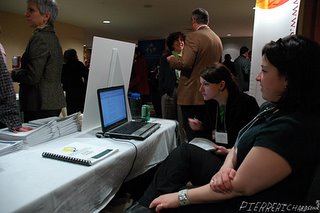
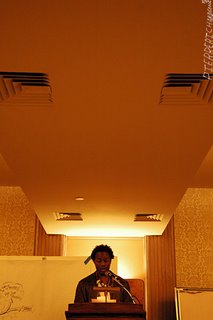
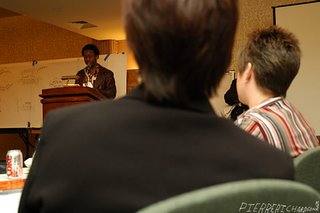
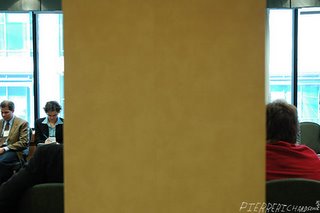
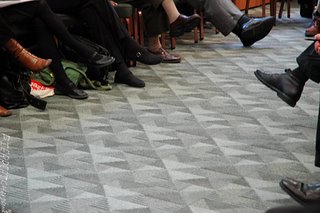
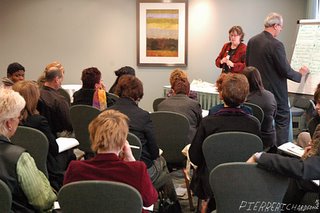
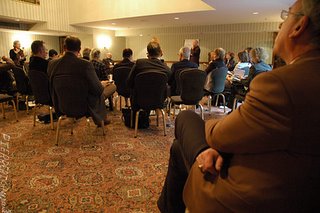
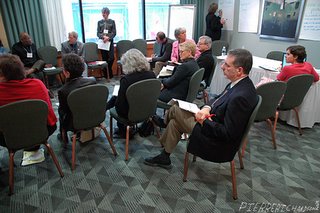
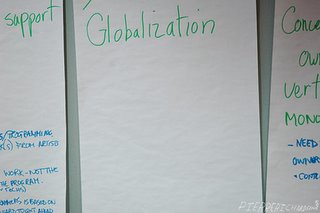
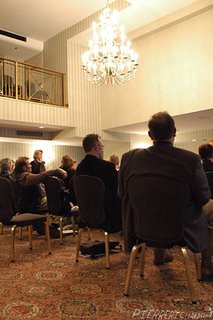
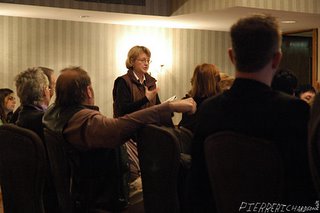

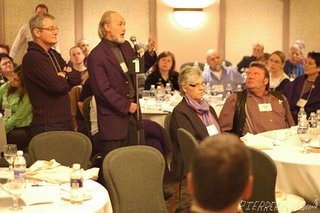
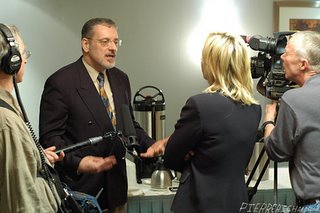

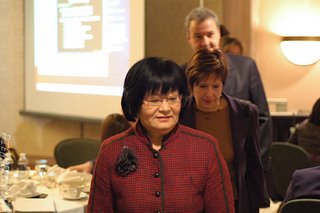
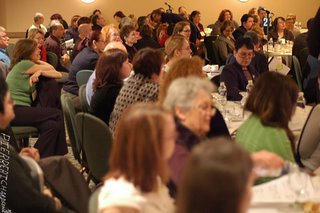

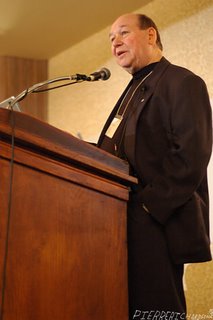
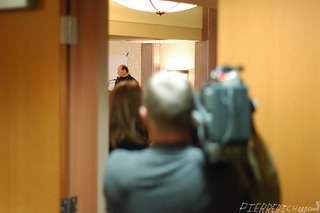
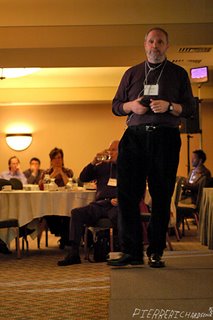
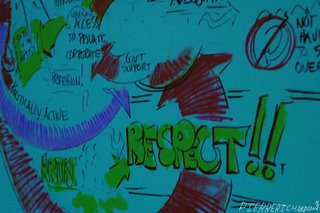
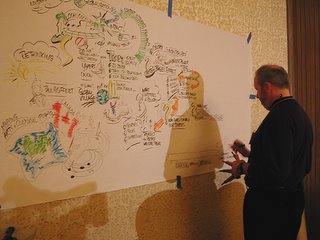
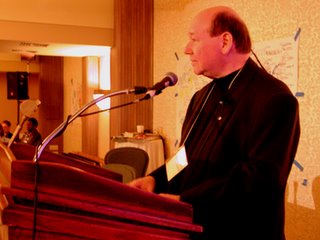

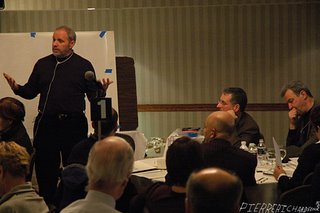

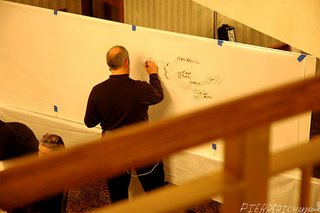
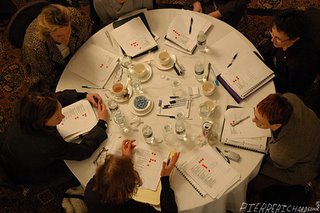
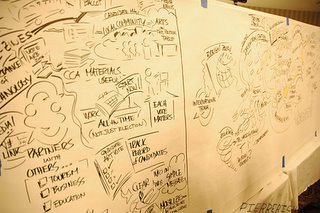
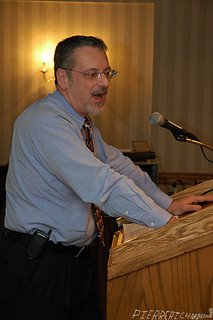

 Rapportage – Greg Frankson, aka
Rapportage – Greg Frankson, aka 